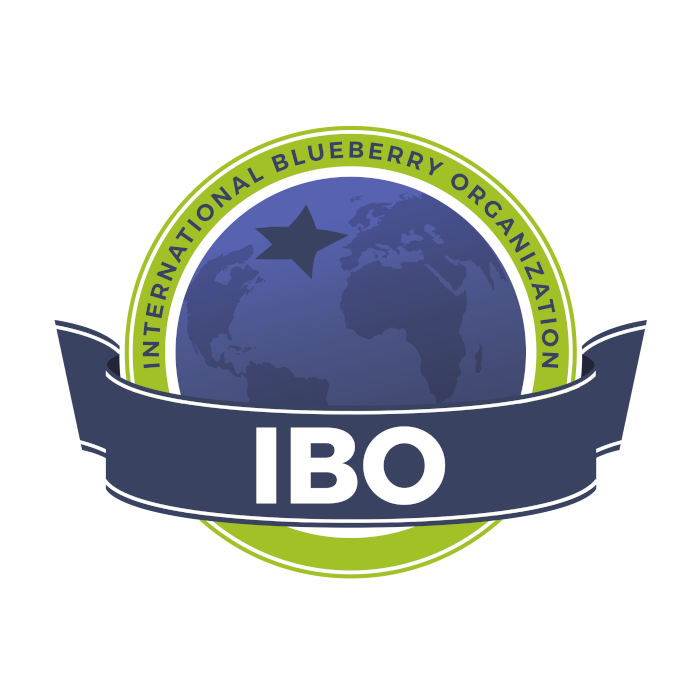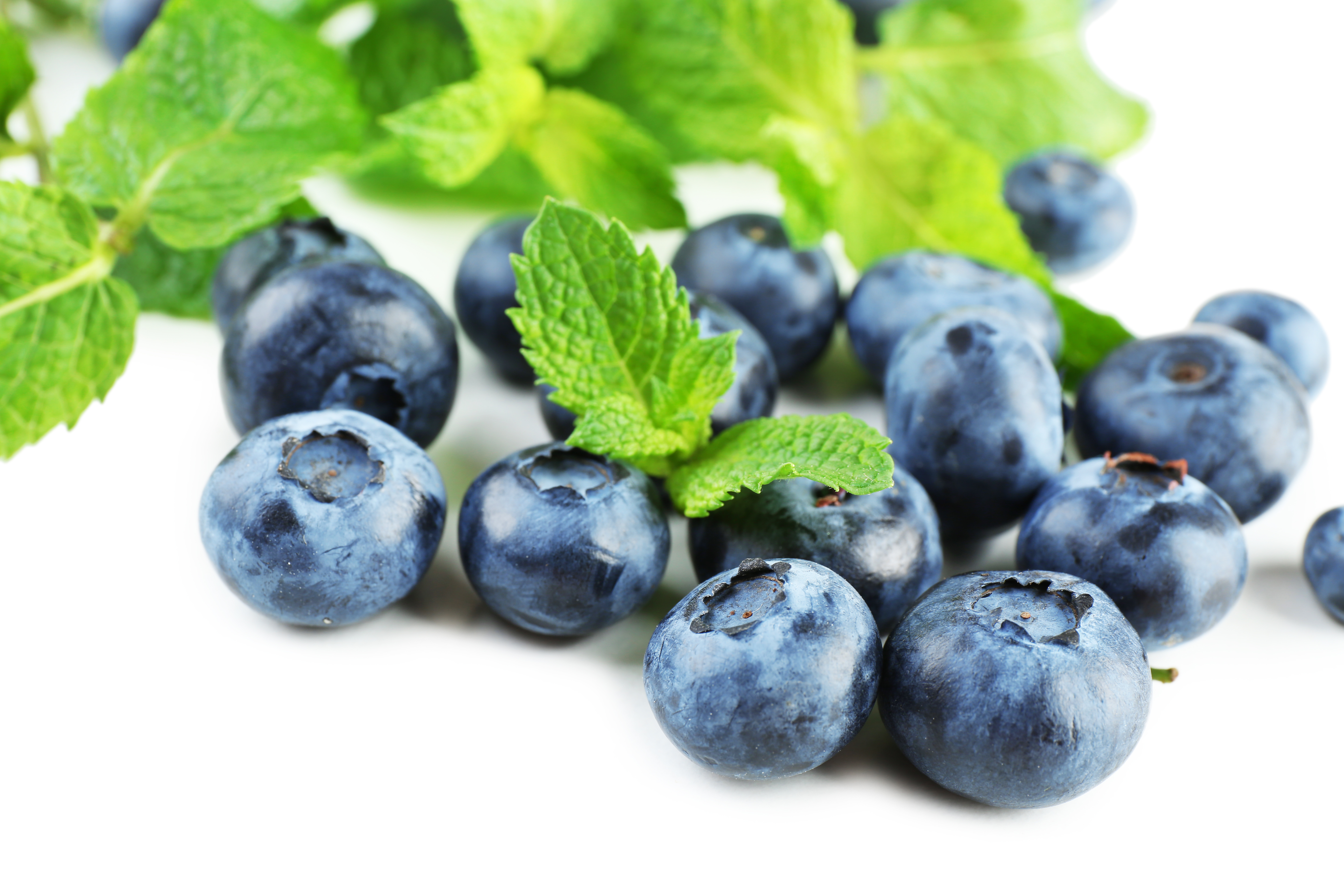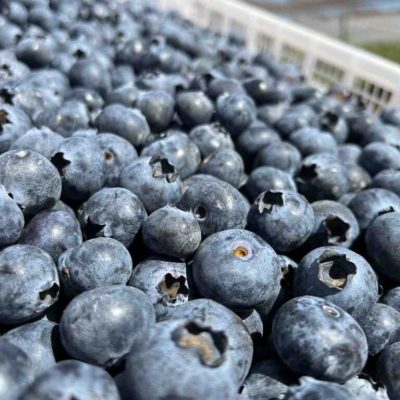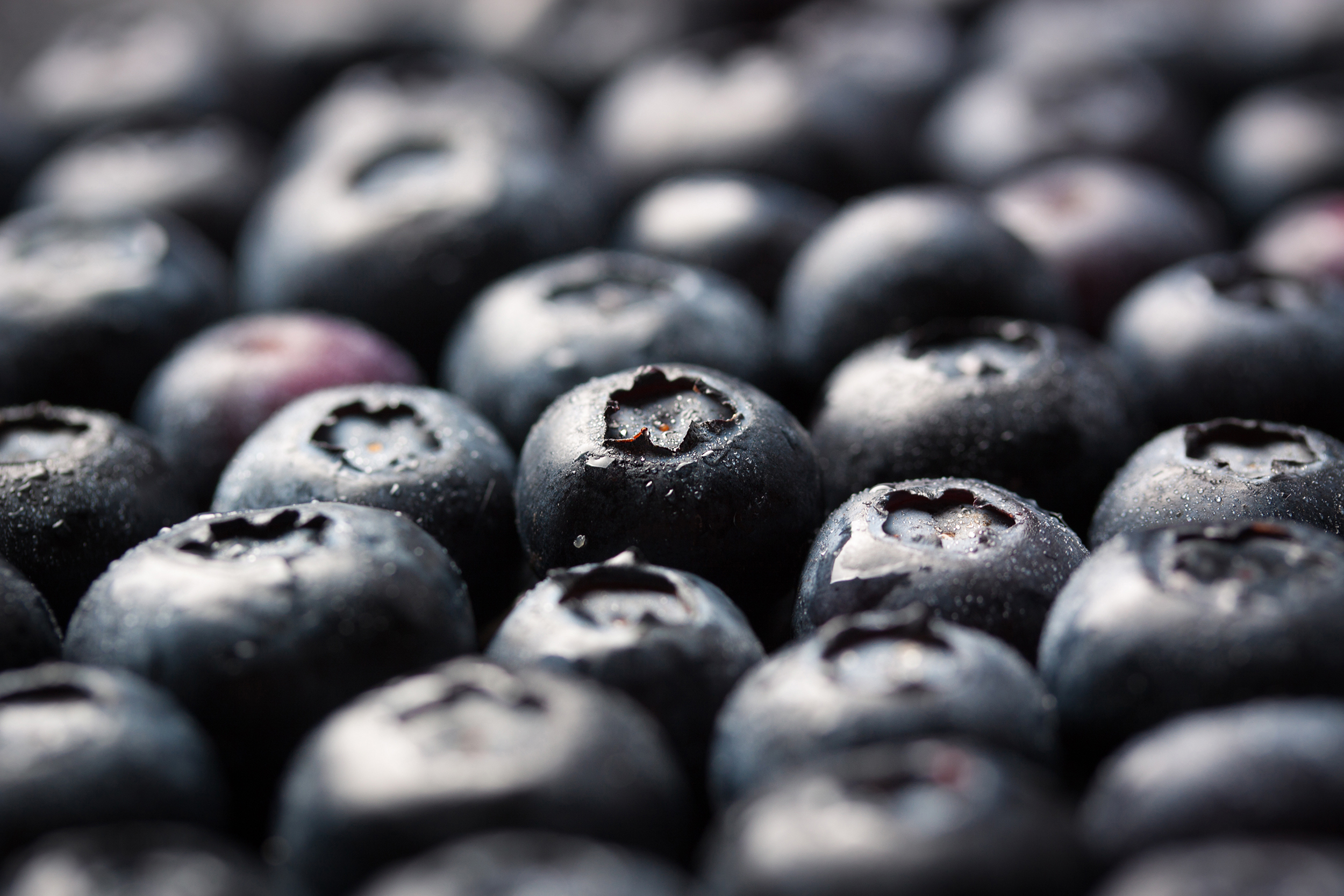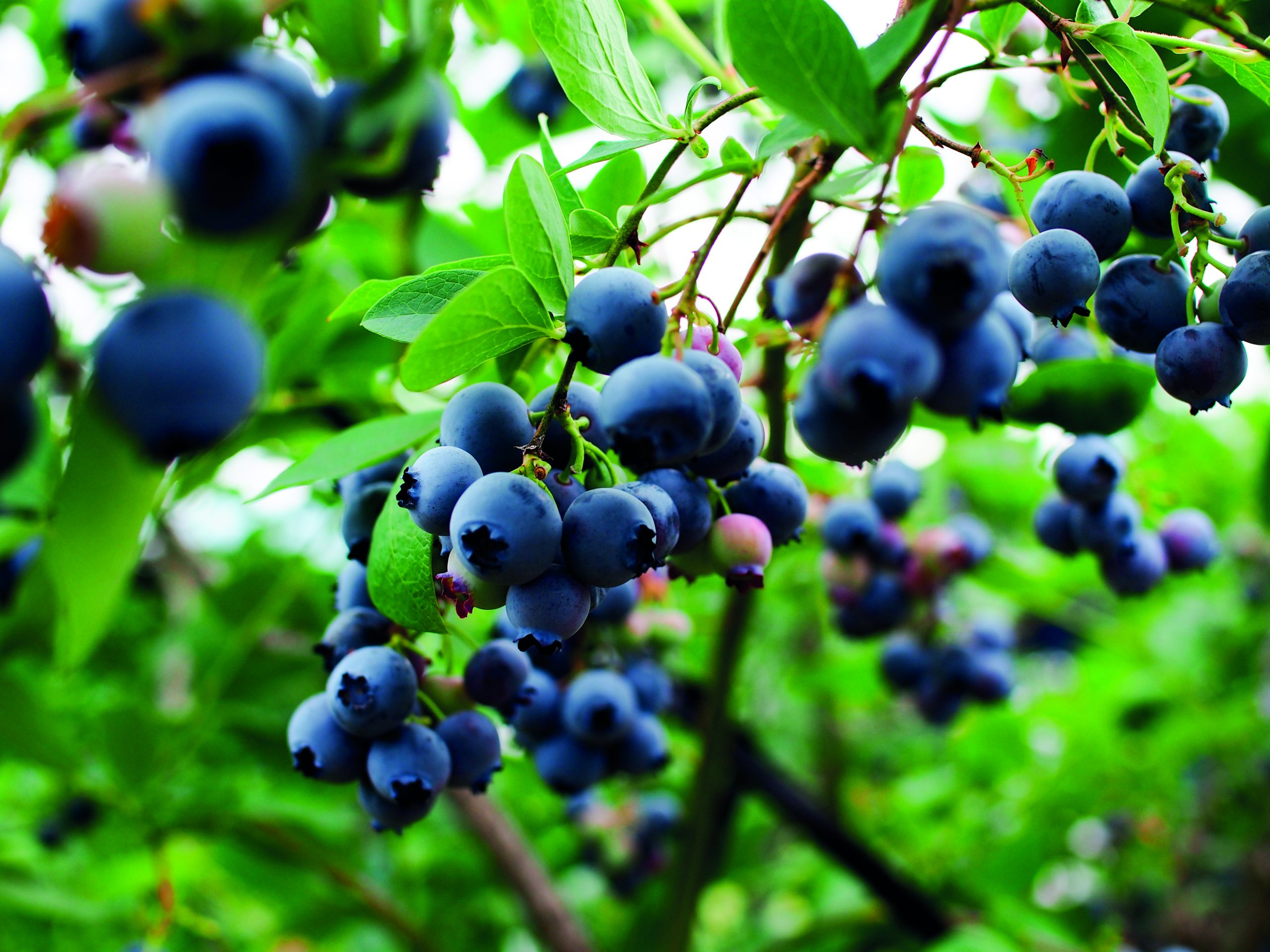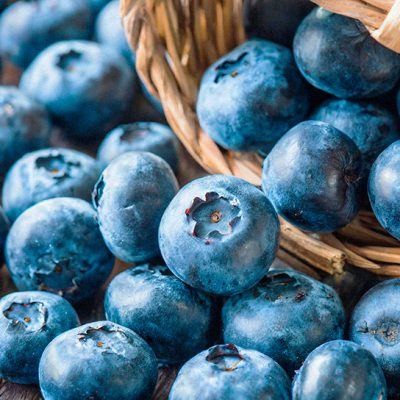Peru: That’s why it’s going to be a record-breaking 2020/21 season
The first Peruvian blueberries arrived in Europe at the end of July, with a very aggressive commercial strategy that replicated the 2019 scheme. In fact, the first containers arrived in Rotterdam entered the European market on a tightrope, adapting to the prices of continental production which were in full swing (Poland first and foremost) at around EUR 5.50 – 6.00.
This has allowed European buyers to make contact with the Peruvian product, noting its good quality characteristics and creating the conditions for a fast passage as soon as the Polish blueberry, which is showing more problems than usual in this final season, will no longer have the characteristics required by the market.
Peru is gaining space on the market also because it will need outlets in all destinations worldwide, having a production that is growing at levels never seen before in the global panorama.

In his speech at the opening of the International Blueberry Month, the director of Proarandanos, Miguel Bentín, announced the projection that the organization that leads the Peruvian industry estimates for the 2020/2021 season, and that corresponds exactly to a volume of 171,160,573 kg. which would mean an increase of 42.5% compared to last season.
The Peruvian producer and industry pioneer has highlighted the accelerated growth of blueberry cultivation in the last 8 years in his country, which has increased from 70 hectares in 2012 to about 14,000 hectares in 2020, with a planting rate of 1,500 hectares per year. “This accelerated growth has been in areas and investments,” he explains.
REASONS FOR GROWTH
This growth translates into an increase from 1,400 tons in the 2013/2014 season, to 118,000 in the 2019/2020 season and 171,000 planned for 2021. “I would say that the reasons that led to this result were basically two, first the opportunities that existed for the crop, and also the experience that the Peruvian industry has had in non-native crops, so it has managed to adapt it successfully.

This previous experience prompted Peru to look at diversification with much better eyes and we saw that it was possible to develop our portfolio and expand our offer with blueberries,” Bentin analyses.
In the field of Peru’s comparative advantages, Miguel Bentín highlights the geographical and climatic conditions which are “very favourable compared to the rest of the productive regions, not just the neighbouring ones“. This allows for the development of an industry and a fairly planned season “because we are not affected in a recurring way by important climatic factors, which disrupt production, such as excessive rain or frost”.
EXTENDED SEASON
“The type of climate we have, especially on the coast, allows us to have unusually long seasons which, combined with the fact that it allows us to plan without interruption, make us a constant supplier and give our product a rather long and favorable post-harvest life”.
The other factor that the executive highlights is Peru’s geographical location, which gives it an advantage in logistics routes and frequencies.
“These conditions have enabled Peru to become the largest producer of fresh blueberries in the southern hemisphere and the largest exporter on the planet in the last eight years,” he says.
SPEED AND VARIETAL REPLACEMENT
“Privileged positions in the markets are ancient history and will no longer exist, so the longer you can be present in the market, with good quality and consistently, the more valid you are as a supplier in terms of reliability. This is an advantage that Peru will take advantage of if possible,” he points out.
In depth, he points out that this allows the Peruvian blueberry to develop very quickly from planting to first production. “It is a great advantage, because in case of varietal replacement – which is already necessary – it will allow Peru to be very fast”.
ORGANIC
As a relevant figure, Miguel Bentín, highlights the projection of the Peruvian industry’s organic blueberry production, estimated at over 8,300 kg. for the next season. “This means the destruction of the myth that it was difficult to make organic production in a place like the coast of Peru,” he concludes.
NEW MARKETS: CHINA
At the same time, about two weeks later than the previous two years, the first Peruvian blueberry arrived in China in mid-August.

Lucas Rosello (Horifrut Asia Platform Export Manager) said:
“China is undoubtedly one of the main export destinations. Since Peru gained access to China, the volume of exports has increased steadily from year to year. Although there are many large producers in South America, Peru enjoys some geographical advantages. The high marketing season usually starts in mid-August and lasts until November. During this period, there are small production and low marketing volumes from other countries, which also gives Peruvian blueberries more market space. The total volume of exports this season can reach 2,000 containers, of which Hortifrut is expected to account for about 15%”.
PERUVIAN BLUEBERRY IN THE UNITED STATES
Luciano Fiszman of Gourmet Trading Co (California, USA) analyzed the impact of the Peruvian season, which is eroding market share to the local U.S. product.
“A few years ago, there was no room for Peru this early in the season. Most retailers prefer to stick to domestic production, Over time, U.S. consumers have learned that the Peruvian product is a healthy and firm product. Blueberries from regions like British Columbia and Michigan tend to be softer and less hardy because their varieties are older and the climate is warm.
